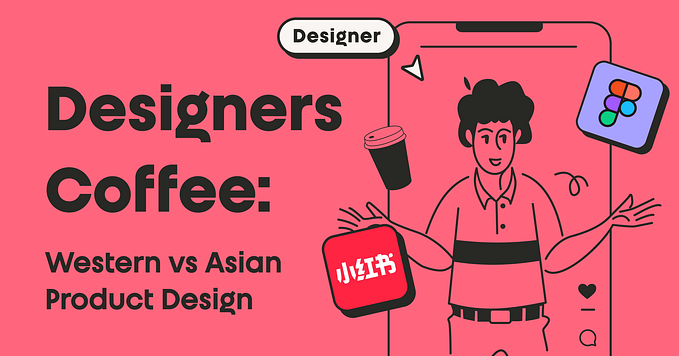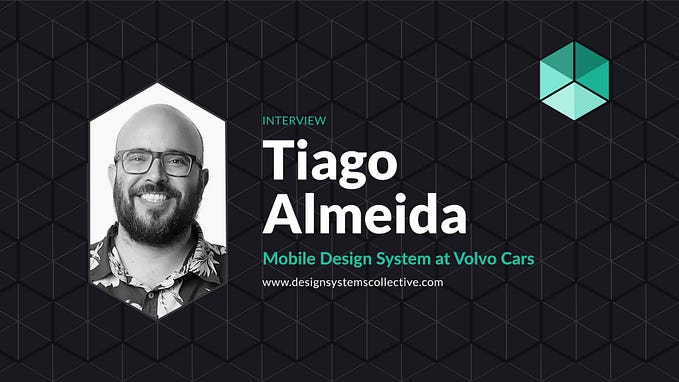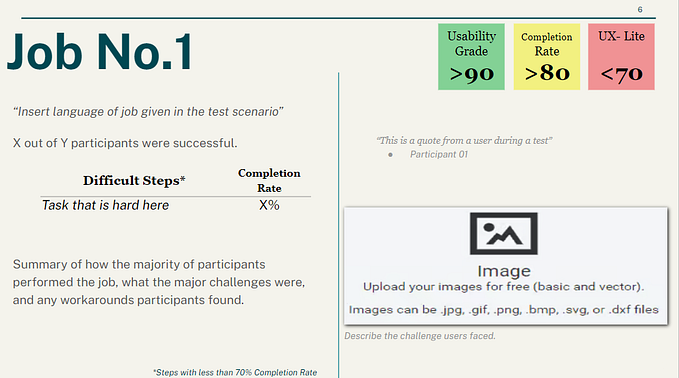Pragmatic design: how does design thinking fit into the real world?

Last 6 months I’ve studied a MA at Hyper Island UK. Here at hyper I’ve learned so much more than I thought I would learn. I’ve started thinking differently about design, and think I’ve got a more complete view of design now. I am therefore writing this article to concretise my learnings from the last 6 months at Hyper Island. Initially just meant for myself, but hey why not share this? Others might learn something as well!
In our fast and ever changing world where everything is connected and nobody lives in a bubble anymore, we need better ways to look onto the world when trying to be innovative. The old methods of applying research to create innovative products or services are no longer sufficient enough. Expectations of users are higher then ever before, we no longer allow the products and services we use to be imperfect. We crave ‘experience’ in this world where everything is about ‘the self’ and individualism. We therefore need a paradigm that allows us to move out of the vacuum created by our own environment and opinions, to create products and services that truly serve a purpose to its users.
“Design is way too important to be left to designers” — Tim Brown (creator of Design Thinking method)
I think the principles behind design can provide us these paradigms for creating innovation. The principles behind design should not be limited to the traditional design principles, since innovation should take place on all levels of a company or team to be effective. Therefore Design Thinking became popular. Design thinking democratized design and made it available to non-traditional designers, therefore uses a broader range of backgrounds to find solutions, as well as defining the real problems.
The most famous implementation of design thinking is the one of IDEO. This method consists of 5 stages. This process should be repeated multiple times, since it is an iterative approach. Every iteration acts like an improvement of the previous.

- Empathize: Try to empathize with your user first. Get to their level, learn how to think like your user, learn how to behave like your user, learn about their needs. Do this by interviewing, observing etc.
- Define: The problem needs to be redefined again, and again. By better understanding the playing field and users you can better understand the real problem that needs to be faced.
- Ideate: The stage were creativity comes in. By using previous learnings try to come up with new solutions for the problem.
- Prototype: Make a minimal version of your solution you can test with your users. The later iteration you are, the more fidelity a prototype will have.
- Test: test your prototype with your users. Use these learnings to start the new iteration.
This matches the widely used double diamond method from the British Design Council. This method describes the design process in 4 phases. It maps these phases to either convergent or divergent thinking, which therefore makes the two distinct diamond shapes. Like the IDEO design thinking method, this method is meant to have multiple iterations (but this model might over simplifies itself by presenting it too linear/fixed).

The 4 stages are as followed:
- Discover (divergent): The start of the project, it often starts with an initial idea or inspiration. In this stage of the design process the team is asking a question, posing a hypothesis or identifying a problem by analysing market data, trends and/or user needs. The goal of this phase is too get a broad perspective.
- Define (convergent): The learnings of the discovery phases are analysed and synthesised to a clear definition of the problem(s) and a brief/plan for how to address this through a design-led product or service.
- Develop (divergent): During this stage the team will refine one or more concepts that will address the problems or issues identified during the Discover and Define stages. In this stage methods like brainstorming and prototyping take place to get to a well enough defined concept that is ready for delivery to production.
- Deliver (convergent): In this stage the final concept is taken through final testing, signed-off, produced and launched.
These methods are all nice explaining a subset of design, but they formalise design too much. I think design is something easier and more hackable than this. I have been working on multiple aspects of design; graphic design, software (architecture) design and design for innovation and in my opinion all these design disciplines can be boiled down to a really simple core principle, which can be traced back to philosophical ideas of pragmatism. It is the notion that you can only see the effects of something when you put that something into the real world. The idea that theory follows practice, instead of the other way around.
At the heart of pragmatism lies the idea that the the world is always in flux and will never reach a fully finalised state. The pragmatic maxim states that the meaning of our conceptualizations of the world should constantly be evaluated on the basis of their practical consequences. This means that theory and practise are connected, theories are made through practise and must be judged upon practise. According to the famous pragmatist John Dewey everything in the world is connected and thus everything in the world has an interaction which each other.
“Everything that exist in as far as it is known and knowable is in interaction with other things” — John Dewey
Since everything is connect Dewey states that everything is situated, By which he means that things can only be understood by its connection to the contextual whole. This means it is not possible to think or act on an abstract representation of something, it will always be situated within a certain context. This context is not predetermined or eternally stable, but can always be changed through human practices (as in humans using design!). This means that a situation that is thought of as being problematic can be transformed to be temporarily stable.
In pragmatism this is called the inquiry. An inquiry is the mode of thinking and acting to transform an unstable situation. An inquiry is not a way of finding the truth, it is the means or method to reduce doubt and to restore balance to a problematic situation, to let you get on with the task at hand. With an inquiry a person will first try to identify what causes the unstable situation. This person will then try to form conceptualizations which need to be put into practice in the real world. If these conceptualizations fail, they are not suitable and the person will try to make new hypotheses to test again. Sounds a lot like design (thinking) right?
So I see design not as a discipline or a skill set, rather a way of looking at the world. It is an extension of pragmatism. It uses the the ideas of pragmatism, and then adds a lot of method & tools on top. These methods & tools aim to help teams/individuals in their process of inquiry when creating services or products.

So basically design is a toolbox. On the left side is the pragmatic design process of inquiry. On the right side we have tools to assist the design process. The design process is limited in time, so we need to have time management tools to get to the most suitable answer within the given time. Since design is mostly done by teams, we can only succeed if the team works together collaboratively. Therefore group development is often needed for successful design.
Try/do
Design is about making stuff, we make stuff to test our hypotheses. We can do this from very low-fidelity to very high-fidelity. It’s not only about prototyping, even brainstorming with post-it’s on a wall is putting something in the real world. It externalises information and other group members will have to possibility to evaluate (and improve) it. The later you are in the design process, thus the more iterations there have been taken place, the higher fidelity the outcomes will be.
Methods and tools you might use:
- How Might We?
- Brainstorming
- Storyboarding
- (Paper) prototyping
- Wireframing
- Deskresearch
- …
Learn
Everything you try and do should have a method of learning attached to it. There is no point in doing something, when you can not learn from it. Most of these methods need to include potential users, since they are the biggest unknown factor in most design projects of course.
My personal learning about users is that they can only verify your wrongdoings and successful solutions (although watch out for the Mom test!), they will not provide you concrete solutions. You will probably need your creativity and problem solving abilities to transform your learnings into new iterations. This is also the hardest part of design, nobody will give you ready solutions. You always need to set the right course yourself. Design is always on the edge of ratio and intuition.
Methods and tools you might use:
- Interviewing
- Downloading method(IDEO)
- Questionnaires
- A/B testing
- Technical feasibility test
- …
Time management
Every design project has to deal with a process over time. Not a single design process is the same, or requires the same approach. There are multiple ways to approach the time management of a design process. Not every project requires the same phases, or order of phases. It is up to the team to decide how they want to spent their time to solve a problem. They can use, hack and combine a range of methods and tools.
Team members need to keep in mind that they need to be flexible when planning. Time might be linear, a design process is not. A design process is iterative and learnings might change the whole project. Team member need to follow their intuition to keep within time. Design is an adventurous journey, it’s not possible to know beforehand how a design process will behave. Let’s be honest, most of the time we have the feeling of being lost during the design process, and these methods and tools provide us a sense of direction.
Methods and tools you might:
- Design thinking phases
- Double diamond
- 1–10–100 method
- Human Centered Design (IDEO)
- Design Sprints (Google)
- Scrum or other agile methodologies
- …
Group development
Since design thinking is no longer a paradigm exclusive to those from the traditional design world, design has become an interdisciplinary field of work. At Hyper Island, we were with 60 students, with 27 nationalities, with an even wider range of backgrounds. Working in interdisciplinary teams was therefore a given and we needed to focus a lot on improving our team work. This resulted in interdisciplinary projects with fresh and unexpected insights.
When disciplines collaborate conflicts will naturally arise. These conflicts are threats and opportunities at the same time. To conquer and come out stronger of these conflicts we must recognize that cultural differences exist between, and within, disciplines. To work together successfully each individual must improve in self-assessment, must learn to better understand his own disciplinary culture and be open to learn from other disciplinary cultures.
Methods and tools you might use:
- Team canvas
- Feedback and reflection
- Check-in & check-out
- Team activities
- …

Since design is such an adventurous journey, where we are unsure what we are actually building and feel lost so much, we need somebody to guide the team. This is the facilitator. His/her job is not to lead the group, but to assist the team in keeping the journey as stable as possible. The facilitator can help with his knowledge of the design process, by proposing (not dictating) methods and tools to use. A good designer is therefore somebody who can lead the design process properly.
To become a better designer one needs to increase his design toolbox. Learn more methods and tools, learn how to hack them and learn how to make methods & tools yourself. A good designer acknowledges the fact that he needs to act in the real world to learn. Learnings from a book are only useful when used, tested and learnt from by yourself. A good designer will always revaluate his learnings later on since the world is constantly changing. Design is pragmatism, accepting that the the world is always in flux and will never reach a fully finalised state.








